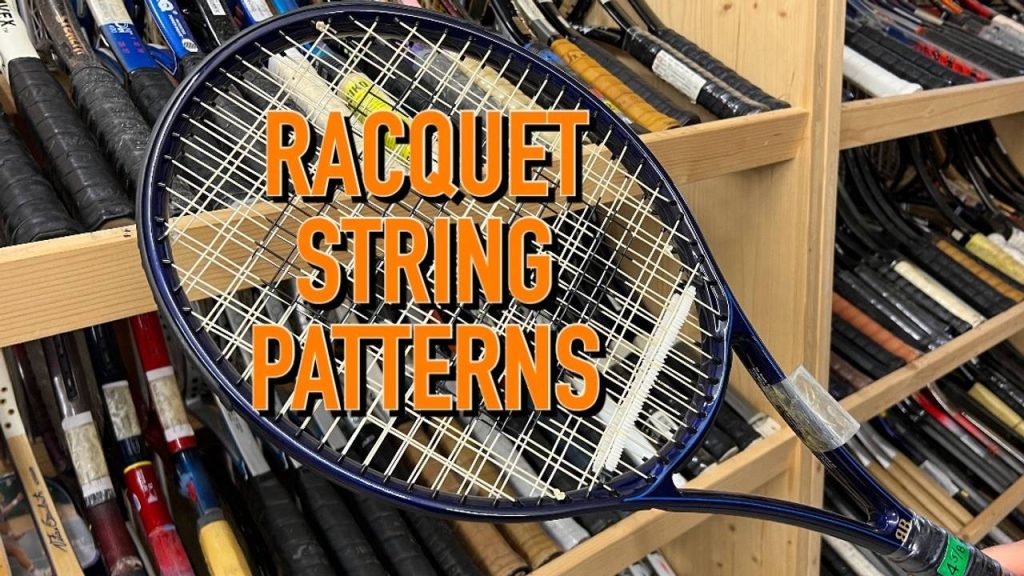The racquet string patterns consist of main strings (vertical) and cross strings (horizontal). The main string is usually mentioned first. One of the most common string patterns these days is 16×19, which means 16 main strings and 19 cross strings. It can also be written as 16/19.
16×19 is generally a spin-friendly and open string pattern (depending on the head size and string spacing, there are also denser 16×19 patterns). The other end of the spectrum is an 18×20 string pattern, meaning two additional main strings and one additional cross string. This will create a more dependable string bed response and offer better control. However, players can struggle to create enough lift over the net with an 18×20 pattern.
As with the 16×19 string pattern, the drilling of the holes can make an 18×20 string pattern pretty open as well, but overall, you get a higher launch angle, free depth, and spin potential with a 16×19, while the 18×20 offers better control. The extra strings of the 18×20 will also create a higher swing weight as there is more mass in the head with more strings.
Some racquet models, like the Wilson Blade 98 or Wilson Ultra Pro 97 come with two different string pattern options.

There are lots of different string patterns
Variations exist on the most popular string patterns: 16×20, 18×19, and 16×18. Some brands try other extremely rare variations, such as 18×18, 14×21, 14×18, 15×16, and 18×17, but these patterns have failed to catch on. In part, it is due to players being habitual, but there have also been some inconsistency issues with the more open options of these patterns. You might remember the so-called “Spin Effect” racquets from Wilson some years back.
The general rule is the more open the string bed (larger “holes”), the more spin potential, launch angle, and livelier response. The denser the string bed (smaller “holes”), the more control you get.
The market’s most common racquet specification (unstrung) right now is 300 grams, 100 sq inch head size and 16×19 string pattern.

